Article by: Ben Dahan Staff Writer
Infographics by: Jason Harward Staff Writer
The Beverly Hills Unified School District Board of Education adopted the budget for the 2016-17 fiscal year, on June 28, projecting a $2.85 million dollar deficit.
However, that is the adopted budget based entirely on estimates of the expenditure and revenue for the year. According to superintendent Steve Kessler, “school funding is a moving target.”
“That’s the one thing about a budget; a budget is not static. It’s always moving because your revenue changes. We know approximately what we’re going to get in revenues [and expenditures], but it’ll go up and down,” La Tanya Kirk-Carter, Chief Administrative Officer of BHUSD, said.
 The adopted budget for 2015-16 ran a $2.5 million dollar deficit, but the estimated amount actually spent, which is included in the next year’s adopted budget and is the most accurate projection, ran only a $37,130 deficit for this year.
The adopted budget for 2015-16 ran a $2.5 million dollar deficit, but the estimated amount actually spent, which is included in the next year’s adopted budget and is the most accurate projection, ran only a $37,130 deficit for this year.
The fiscal projections, each one more accurate than the last, are made by Kirk-Carter and Director of Fiscal Services Angeli Villaflor.
The budget is made up of several different funds. The General Fund, or Fund 01, is where the vast majority of the expenditure and revenue take place. The money is received and spent on salaries, benefits, supplies and other general expenses. There is a starting balance of $6.36 million sitting in the fund rolled over from previous years.
BHUSD became community funded, gaining basic aid status, in 2010-11, which means that it gets its revenue almost entirely from property taxes. The district is the only one of its kind in Los Angeles County.
In California, a district’s baseline revenue is determined through the state’s Local Control Funding Formula (LCFF), passed in legislation in 2013-14, in a combination of property taxes and state aid, if needed.
Most districts cannot reach the state’s “revenue limit,” which is about $8,800 per student for 9-12 and an average of $7,500 per student for K-8, on property taxes alone, so the state supplements the district’s revenue to reach it.
The LCFF revenue for most districts is dictated by the average daily attendance (ADA), meaning the district receives money from the state based on the yearly average of daily attendance, not enrollment, of students.
“It’s real simple: if Sam comes to school, we get money for [him]. If Sam does not come to school on that day, we don’t get money for [him],” Kessler said.
If a district consisting of only a high school has 1,010 students enrolled, and on average, only 1,000 attend each day, then the school district would receive $8.8 million, $8,800 for each student in daily attendance. If it only makes $8 million from property taxes, then the state would provide it with the other $800,000 to make up the difference.
But, if a district’s funding from property taxes would be higher than the limit, it can become basic aid. BHUSD gets $11,000 per average daily attendance entirely from property taxes.
“We knew that because of the property tax rates [sic], because the home values here are so high, we thought, and were correct, that we would get more money in our school d istrict if we went to basic aid, as opposed to just doing the ADA from the state,” Kessler said.
istrict if we went to basic aid, as opposed to just doing the ADA from the state,” Kessler said.
When a district has a basic aid status, its revenue per student exceeds the state-required threshold, and the district gets to keep and use its excess money. BHUSD’s anticipated revenue from taxes in the 2016-17 year is about $43.5 million, which is nearly $11 million more than it would gain from the typical ADA-LCFF program, which is about $32.6 million.
“In property-rich districts like BHUSD with basic aid status, the state can’t reallocate a district’s excess property taxes, the district keeps the extra amount – even if it means they receive a larger allotment than others,” board of education president Howard Goldstein said.
Other local revenue comes from JPA, the Joint Powers Agreement, which rents out the district’s facilities to the city of Beverly Hills, giving the district nearly $9.9 million per year. A small amount, $200,000, comes from the contract with Venoco for the oil well, which is set to expire this year. The Beverly Hills Education Foundation, PTA and ASB donations bring in additional restricted income.
BHUSD also receives a minimal amount of state aid and federal funds, in the form of Title I, Title II, and Title III funding, restricted to be spent on raising low achievement, professional development and the English learners program, respectively.
With basic aid, a school district receives little to no additional funding per student, unlike with ADA, and must rely on the property taxes that the residents of the district provide, as well as other revenue sources.
Out-of-district students with permits use money from the district but do not contribute to its revenue. This situation was a major reason for the 2010 decision by the school board to stop accepting permits, with the exception of city and district employees, and to phase them out.
“The Board of Education decided to eliminate diversity permits,” Goldstein said, “as it was in their financial interest to serve the city of Beverly Hills and District employees along with residents only.”
BHUSD’s revenue from property taxes comes from 21 separate tax areas, not all of which are in the city of Beverly Hills. Residents of those out-of-city tax areas are allowed to attend the school district.
In fact, home values in Los Angeles are set to increase by 5.05 percent this year, according to the LA County Assessor’s office, therefore increasing the district’s revenue from that source by the same percentage. Similar, but slightly lower, growth is projected for the next two years.
Due to Proposition 13, passed in 1978, property taxes are locked at one percent of a home’s value across the state. But, because Beverly Hills is one of the hottest markets with some of the highest assessed home values, the city gets a large amount of revenue from taxes.
The continual rise is due to the new assessments, and therefore new taxes, from a home. A home is only newly assessed if it is sold or largely renovated. Otherwise, the assessment just grows yearly by the county-wide rate, and the property taxes with it.
The amount of money the district receives is contingent on the health of the economy and the housing market of Beverly Hills, making BHUSD more vulnerable than non-basic aid districts, which are economically insulated.
“Other school [districts] do not have the same volatility that we are subjected to in case of a bad economic market,” Kirk-Carter said.
A “bad economic market” could be caused by the bursting of a bubble, the devaluation of Beverly Hills or LA County real estate, or a major economic downturn. Also, property taxes are paid incrementally, so the district is at risk of not receiving the revenue from taxes projected.
“But in other years, like when we had the Great Recession, personal income dropped, people lost their jobs, I mean bad things. Well, [if] they didn’t pay their property tax, they didn’t have the money to pay it. So that means that we’re affected by it,” Kessler said.
If a basic aid district’s revenue per student dips below the state requirement, it would receive ADA again. However, BHUSD is far from reverting.
“We’re pretty deep into basic aid at this point. When you’re that deep, it has to be a significant recession for us to get back into state aid,” Kirk-Carter said.
While it can never go below the state-required revenue per student, as the state would supplement it, a basic aid district runs more of a risk of spending more than it makes during a bad year.
“Because we’re basic aid, we are completely tied to property taxes. If we were a state-funded district, the whole state would have to do bad to get less money,” Kirk-Carter said.
The district’s estimated expenditures match or, sometimes even exceed, the estimated revenue, but if the estimated revenue unexpectedly drops, the expenditures would mostly stay the same. Similarly, there may be an unexpected need to increase expenditure.
Expenditures can fluctuate because money allotted for certain purposes, such as paying for substitute teachers or filling teacher positions, may not be sufficient or may not be used.
Nevertheless, the district has a backup. By law, it must keep 3 percent of its projected expenditures to roll over into the next year. That means that by July 1, 2017, there must be at least $2 million in the General Fund. According to Villaflor, the district strives for more “just to be safe.”
There is also the special reserve, Fund 17. There is roughly $9.3 million stowed away in the reserve to be infused into the General Fund in case of an actual deficit.
That money, however, is not “irrevocable,” meaning that it can be used for other purposes.
“It can grow or it can shrink, depending on how the board wants to use it,” Kirk-Carter said.
However, BHUSD has greatly benefited from being basic aid in recent years. The district is projected to spend about $16,550 per student. That gets funneled into the education of its students.

About 78 percent of the expenditure goes toward paying for the salaries, benefits and compensation of employees. Other finite costs, that remain mostly fixed year to year, are another large portion and “what’s left gets allocated to the schools.”
“The first thing I do is see what our kids need,” principal David Jackson said. “I’m given a budget for supplies and all my other items I need over the year.”
The board then pursues its goals and initiatives. This year, it is conducting an intervention program, to help students who have trouble with their reading and math skills, hiring eight specialists, and even siphoning $1 million from textbook adoption to do so.
As long as the economy is good and growing, basic aid allows BHUSD an increased amount of money to spend for its enrolled 4,015 students.
“I will tell you, being a basic aid district has been a good thing for us, because we actually have gotten more money,” Kessler said.
Despite the current economic prosperity and protective measures, the projected deficit is still “cause for concern,” and the district is working to make its budget better.
“That’s what I’m working on for the board now, is a deficit reduction plan, so they are not deficit-spending in the multiyear projections,” Kirk-Carter said. “You want to spend within the parameters of your revenue.”
Students speak about where they would like to see money go.












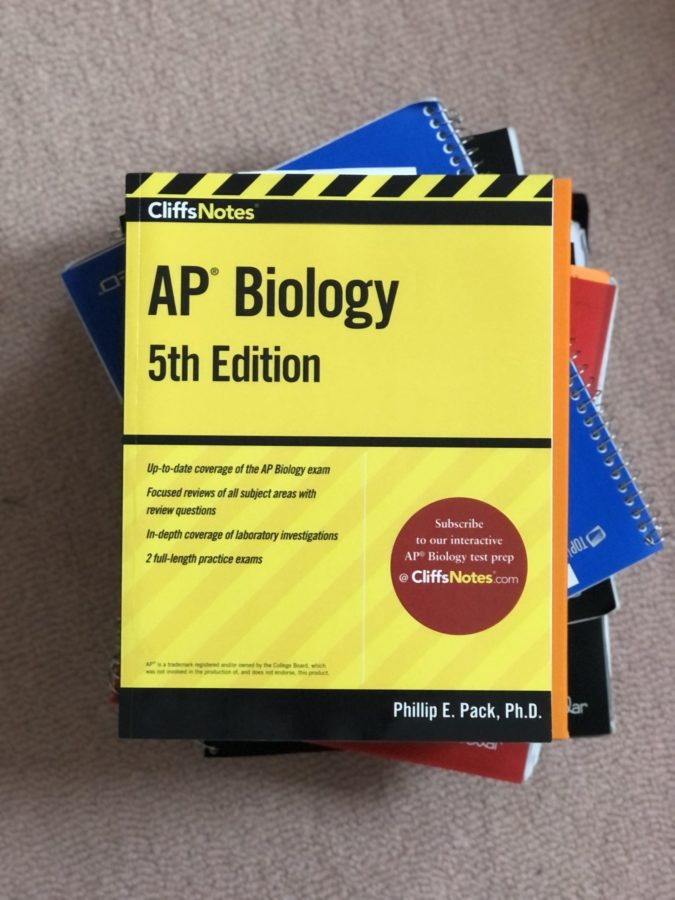


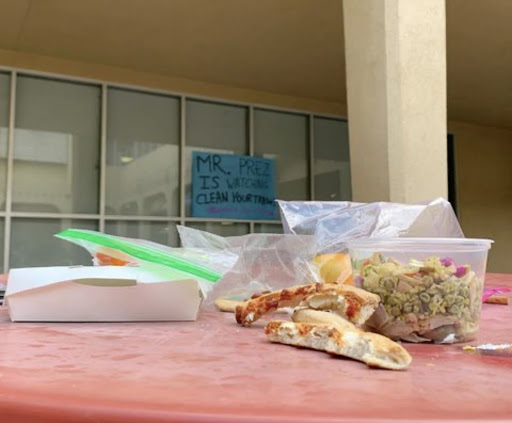



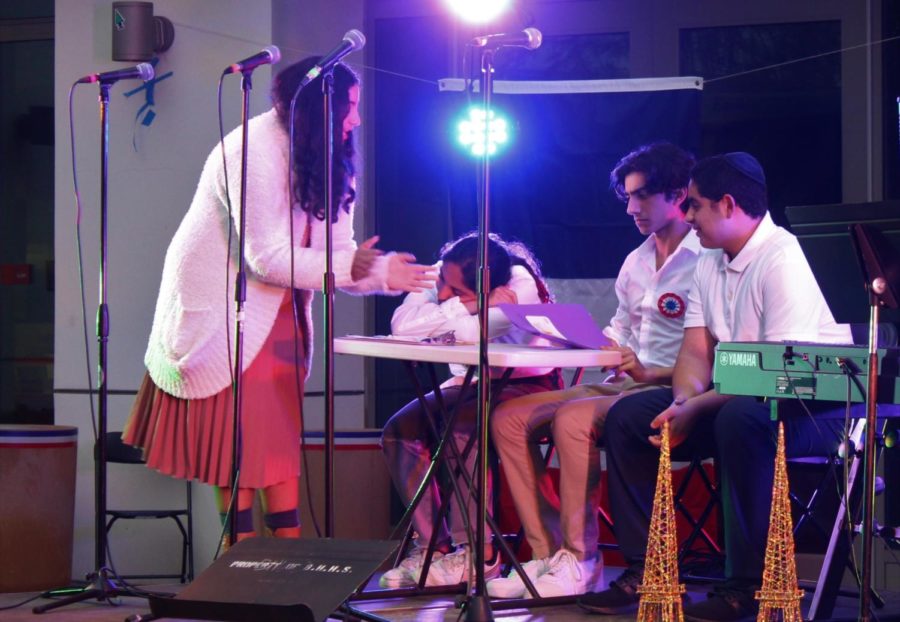

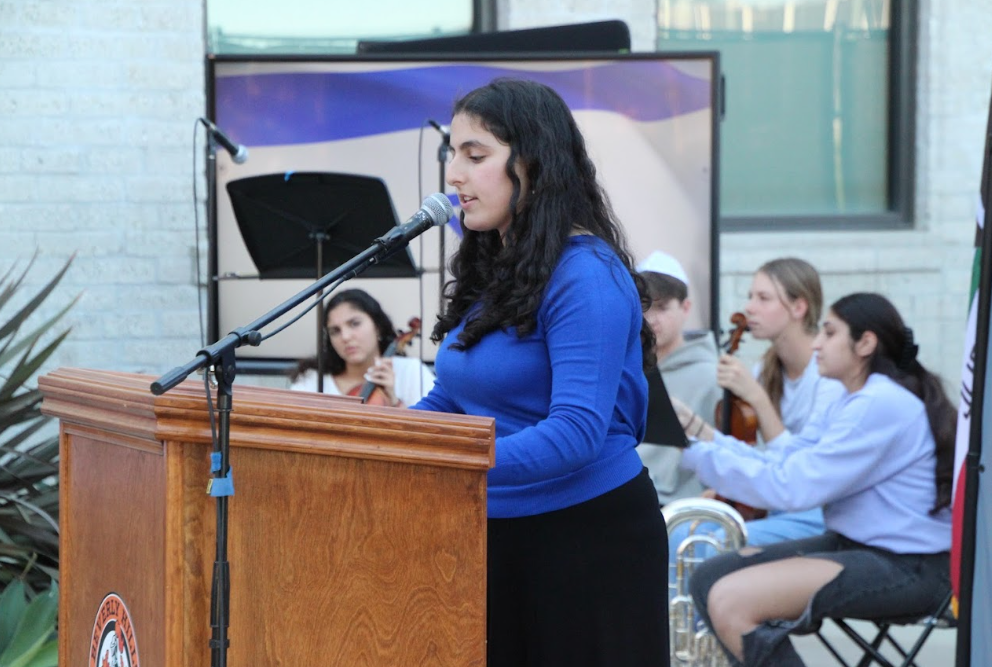







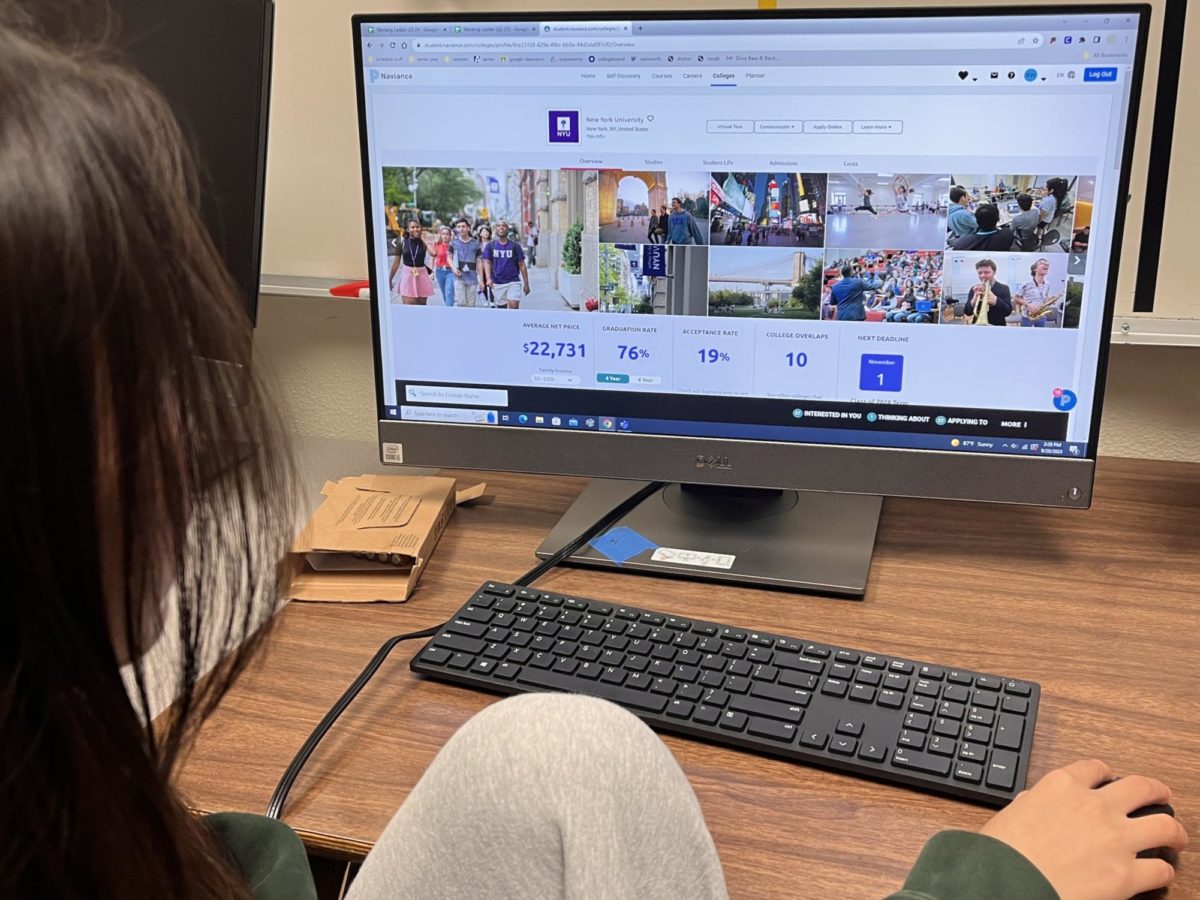
Ben Dahan • Sep 27, 2016 at 6:04 pm